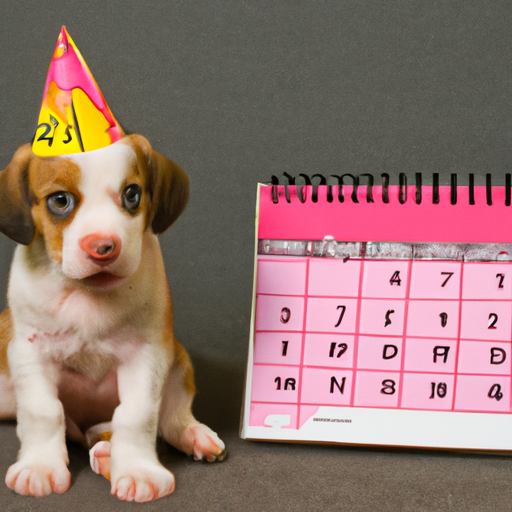As a caregiver, you may find yourself in a situation where you need to determine the age of a puppy. This could be due to an adoption, rescue, or simply curiosity. While it may seem like a daunting task, it’s actually quite manageable if you know what to look for. In this guide, we’ll explore eight key factors to help you estimate a puppy’s age.
1. Teeth Development
One of the most reliable ways to tell a puppy’s age is by observing their teeth. Puppies, like humans, have baby teeth that fall out and get replaced by adult teeth.
- By 2-4 weeks: No teeth visible
- By 3-4 weeks: Baby teeth start to come in
- By 12 weeks: Most baby teeth are in
- By 6 months: All adult teeth are in and are white and clean.
2. Size and Breed
Breed and size can also provide clues to a puppy’s age. Smaller breeds tend to develop faster than larger ones.
| Breed Size | Age at Full Growth |
|---|---|
| Small Breeds | 10-12 months |
| Medium Breeds | 12-16 months |
| Large Breeds | up to 2 years |
Remember, these are averages and every dog can develop at a different pace.
3. Coat Texture and Color
The coat of a puppy can also give you hints. Very young puppies (2-3 weeks old) have thin, soft coats. As they age, their fur becomes thicker and coarser. In some breeds, coat color can change as the puppy matures.
4. Eyes and Ears
Puppies are born with their eyes and ears closed.
- Eyes: They start to open their eyes between 10-14 days old.
- Ears: They start to open their ears a few days later, around 15-17 days old.
5. Physical Coordination
Observing a puppy’s physical coordination can provide clues about their age.
- By 2 weeks: They start to crawl around
- By 3 weeks: They start to stand and wobble
- By 5 weeks: They can walk steadily
- By 6 weeks: They start to run and play
6. Socialization Skills
Socialization skills can also be an indicator.
- By 2-4 weeks: They start to interact with their siblings
- By 5-7 weeks: They start to explore the world around them
- By 8 weeks: They are ready to be socialized with humans and other animals
7. Training Response
Training response is another good indicator of a puppy’s age.
- By 7 weeks: They can start learning basic commands
- By 10 weeks: They can start learning more complex commands
8. Sexual Maturity
Sexual maturity is a clear indicator of a puppy’s age.
- Males: They can be capable of reproducing by 6-9 months.
- Females: They can have their first heat cycle between 6-12 months.
Frequently Asked Questions
How accurate is determining a puppy’s age by its teeth?
Teeth development is one of the most accurate ways to estimate a puppy’s age, but it isn’t foolproof. Diet and genetics can affect the rate of teeth growth.
Can a vet determine a puppy’s age?
Yes, a vet can give you the most accurate estimation of a puppy’s age. They can use several methods, like teeth examination, bone development, and overall health.
What if the puppy’s age is still unclear?
That’s okay. The most important thing is to provide the puppy with love, care, and proper training regardless of their exact age.
In conclusion, determining a puppy’s age can be a bit of an art and science. But with careful observation and a little bit of knowledge, you can make an educated guess that helps you provide the best care for your furry friend.



